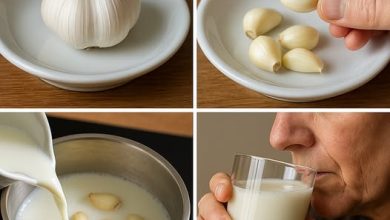“A contented clematis vine yields an astonishing profusion of blossoms and foliage.”
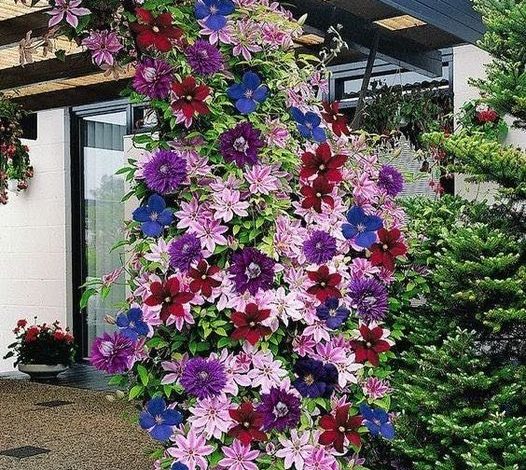
Clematis plants are definitely among the most popular vines grown in the home landscape. They feature woody vines as well as evergreen varieties, and they also vary in flower shape, color, and bloom times. To grow them well, you have to stick to the specific type you have chosen, but most of them have the same basic requirements. Let’s dive into the world of clematis and discover how to make these beautiful vines thrive in your garden.
ADVERTISEMENT
Types of Clematis Vines
Clematis vines can be broadly categorized into woody vines and evergreen varieties. The woody varieties are known for their vigorous growth and stunning flowers, while the evergreen types offer year-round foliage. Flower shapes range from large and showy to small and delicate, with colors spanning the spectrum from white to deep purple.
ADVERTISEMENT
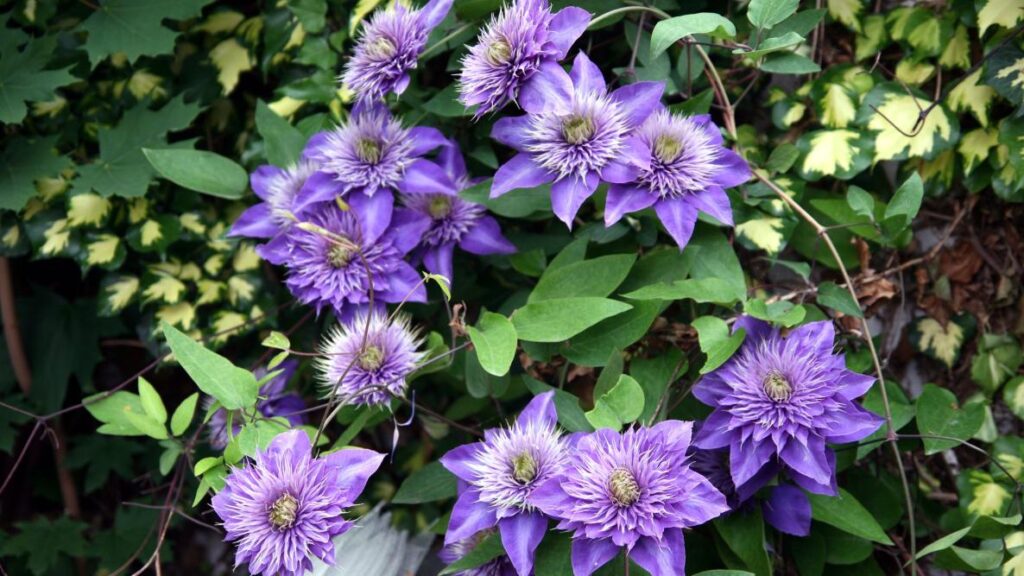
ADVERTISEMENT
Choosing the Right Clematis for Your Garden
When selecting a clematis for your garden, consider your local climate, soil conditions, and the amount of sunlight your garden receives. Some clematis varieties prefer cooler climates, while others thrive in warmer regions. Ensuring the soil is well-draining and rich in organic matter will provide a solid foundation for your clematis to flourish.
Planting Clematis
The best time to plant clematis is in the spring or fall when temperatures are mild. Prepare the soil by adding compost or well-rotted manure to improve fertility and drainage. Plant your clematis deeply, with the crown about 2-3 inches below the soil surface, and space them at least 2-3 feet apart to allow for adequate air circulation.
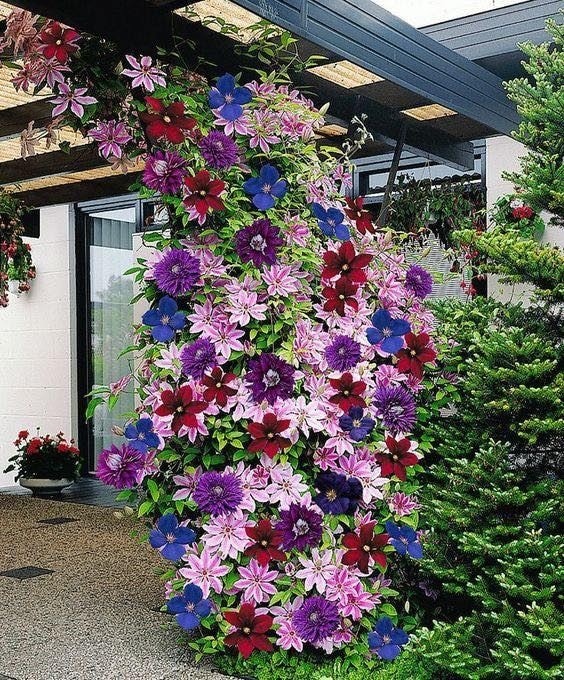
Caring for Clematis Vines
Watering is crucial for clematis, especially during their first year. Aim to water about an inch weekly and more during dry spells. Mulching with a 2-inch layer of organic material helps retain moisture and keeps the roots cool. Fertilize in early spring with a balanced fertilizer to support healthy growth.
Providing Support for Clematis
Clematis vines need support to climb and display their blooms effectively. Trellises, fences, and even thorny branches can provide the necessary structure. If you’re growing clematis in containers, consider combining them with a trellis to maximize their visual appeal and ensure proper growth.
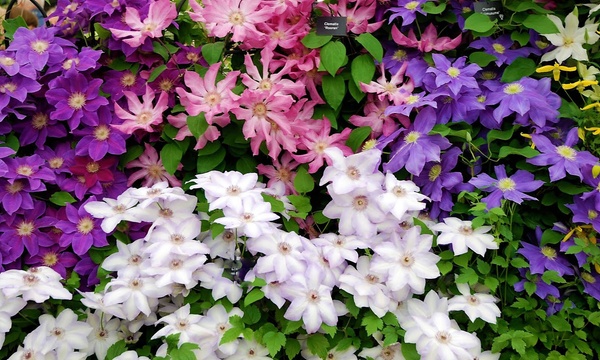
Pruning Clematis Vines
Pruning clematis can seem daunting, but understanding the three pruning groups simplifies the task. Group 1 clematis bloom on old wood and should be pruned immediately after flowering. Group 2 blooms on both old and new wood, requiring light pruning in early spring. Group 3 blooms on new wood and should be pruned back hard in late winter or early spring.
Dealing with Common Clematis Problems
Clematis are generally hardy, but they can be susceptible to pests and diseases like aphids, powdery mildew, and clematis wilt. Regularly inspect your plants and take preventive measures, such as proper spacing and avoiding overhead watering, to minimize issues. If problems arise, treat them promptly with appropriate organic or chemical solutions.
Combining Clematis with Other Plants
Ground cover plants can help keep the roots of your clematis cool and add visual interest to your garden. Consider companion planting with roses, lavender, or ornamental grasses to create a stunning display. Mixing different clematis varieties can also provide a continuous show of blooms throughout the growing season.
Seasonal Care Tips
Each season brings specific care requirements for your clematis. In spring, focus on feeding and mulching. Summer calls for regular watering and deadheading spent flowers. As fall approaches, prepare your plants for winter by reducing watering and applying a thick layer of mulch to protect the roots from frost.
Creative Outdoor Decoration Ideas with Clematis
Clematis can transform ordinary garden structures into eye-catching features. Train them to climb pergolas, arbors, or even garden statues for a dramatic effect. Use clematis on your patio, porch, or balcony to add a touch of elegance and color to your outdoor living spaces.

Choosing Clematis Varieties for Colorful Displays
Popular clematis varieties include ‘Jackmanii’ with its deep purple blooms, ‘Nelly Moser’ featuring pale pink flowers with a darker stripe, and ‘Henryi’ known for its large white flowers. Select colors that complement your garden’s palette, and mix varieties for a dynamic and ever-changing display.
Watering and Mulching Techniques
Consistent watering is key to keeping your clematis healthy and vibrant. Deep watering encourages strong root development. Mulch not only conserves moisture but also helps regulate soil temperature. Renew your mulch layer annually to maintain its effectiveness.
Maximizing Blooms and Foliage
To encourage prolific flowering, ensure your clematis receives adequate sunlight and nutrients. Regularly deadhead spent blooms to direct the plant’s energy toward new growth. A balanced fertilization schedule, adjusted to the plant’s growth cycle, can significantly boost both blooms and foliage.
Conclusion
Growing clematis can be a rewarding experience, offering a profusion of beautiful flowers and lush foliage. By choosing the right variety, providing proper support, and following seasonal care tips, you can enjoy a stunning display year after year. So go ahead, plant a clematis vine, and watch your garden transform into a blooming paradise.
